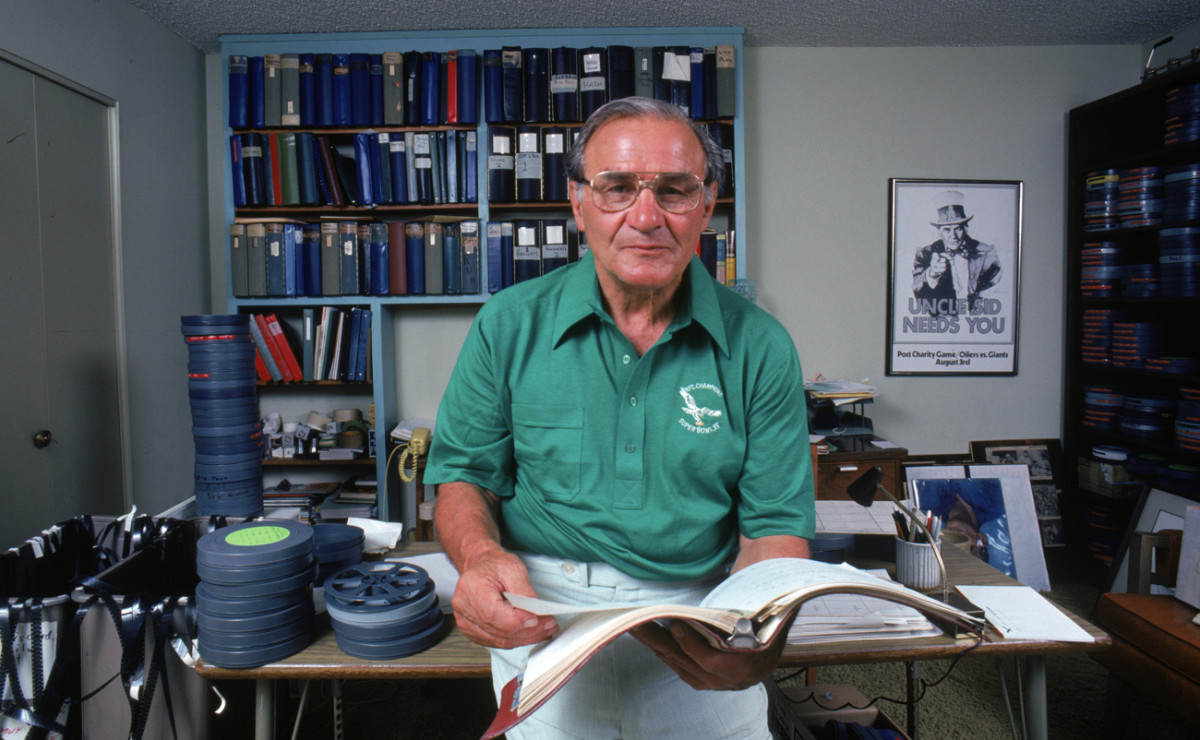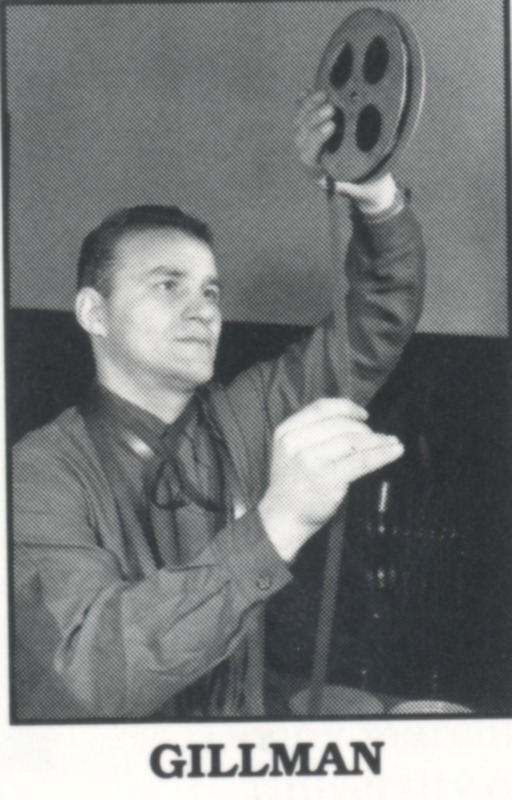80 years ago, the game of football looked very different from the style of game we see today. Yes, the teams were different, jerseys very basic, and helmets extremely less safe, but the on-field product may be the most dramatic change. Passing the ball was certainly allowed, but most teams focused on running the ball in a more rugby-style sense. There were no routes like you see today or wide receivers streaking down the field. Pounding the run game was THE strategy. Sid Gillman was one of the first head coaches to develop the passing game, setting up the offensive style of football that is prevalent today.
Long before he headed the offensive revolution, Gillman worked at a movie theater. There, he would cut out the football segments that ran before the movies and study them at home. AT an early age, before the extrinsic motivation of winning, Gillman had a deep intrinsic passion for the game of football and he would use his job to study a bunch of different teams’ films. He had not yet found the problem that he was going to solve, but he collected and learned what he could from the existing game and began thinking of ways to make it better. The answer he came to was passing the ball.
The offense that Gillman creatively deployed as a collegiate head coach at Cincinnati and Miami and professionally at Cleveland and San Diego was based on looking first to pass the ball beyond the line of scrimmage. Oftentimes, he would have the running backs also go for passes, something that was not as popular as it is today. The 5-receiver set was something that Gillamn often used to get the most out of the passing game. Much like his days in the theater. Gillman studied film of his opponents and found the spaces that would be open downfield, targeting them in his receivers' routes. Today, the use of studying film is expected of all football players, but back in the 50s, Gillman was one of the first to do this. He would collect as much information on the other teams’ formations, even during their games, and create plays to exploit that. Even during his own practices, he would have the cameras rolling so he could study his players later.
Sources:
https://www.latimes.com/archives/la-xpm-2003-jan-04-sp-gillman4-story.html
https://magazine.uc.edu/issues/0101/sports.html
https://www.cfbhall.com/about/blog/throwback-thursday-sid-gillman/



This was such and interesting read! I enjoy watching football and it is super cool to learn about the roots of what is now normal in the sport. It is amazing that he was able to set so much of a precedent in watching film of the opponents to look for weaknesses, and how he was the first to do that as it seems so normal now!
ReplyDeleteUnderstanding Gillman allows us to see the different family trees of NFL offense coming back to one man. As a diehard football fan, I was unaware of Gillman and this article was truly enlightening.
ReplyDeleteI'm not a big follower of sports myself, but this was a very interesting to read. It's neat how Gillman used his experience working in movie theatres in his method of creating game strategies, and was the the originator of some practices in modern football.
ReplyDeleteThis blog post provides a fascinating historical perspective on the evolution of football and the impact of one coach, Sid Gillman, on the game. It highlights how Gillman's intrinsic passion for football led him to study film and experiment with the passing game, ultimately leading to his success as a coach and his legacy as a pioneer. The author does an excellent job of explaining the historical context of football at the time and showing how Gillman's innovative approach changed the game. I particularly appreciate the importance of film study in Gillman's success.
ReplyDeleteAs a football fan, I thoroughly enjoyed reading this. I thought originally that this blog post was going to be about the West coast offense but you took it a step further back in time. It's awesome to see how the sport has developed over the decades and it's really hard to imagine an NFL where the majority of teams ran the ball more than they passed. Loved reading about Gillman and his ingenuity.
ReplyDelete